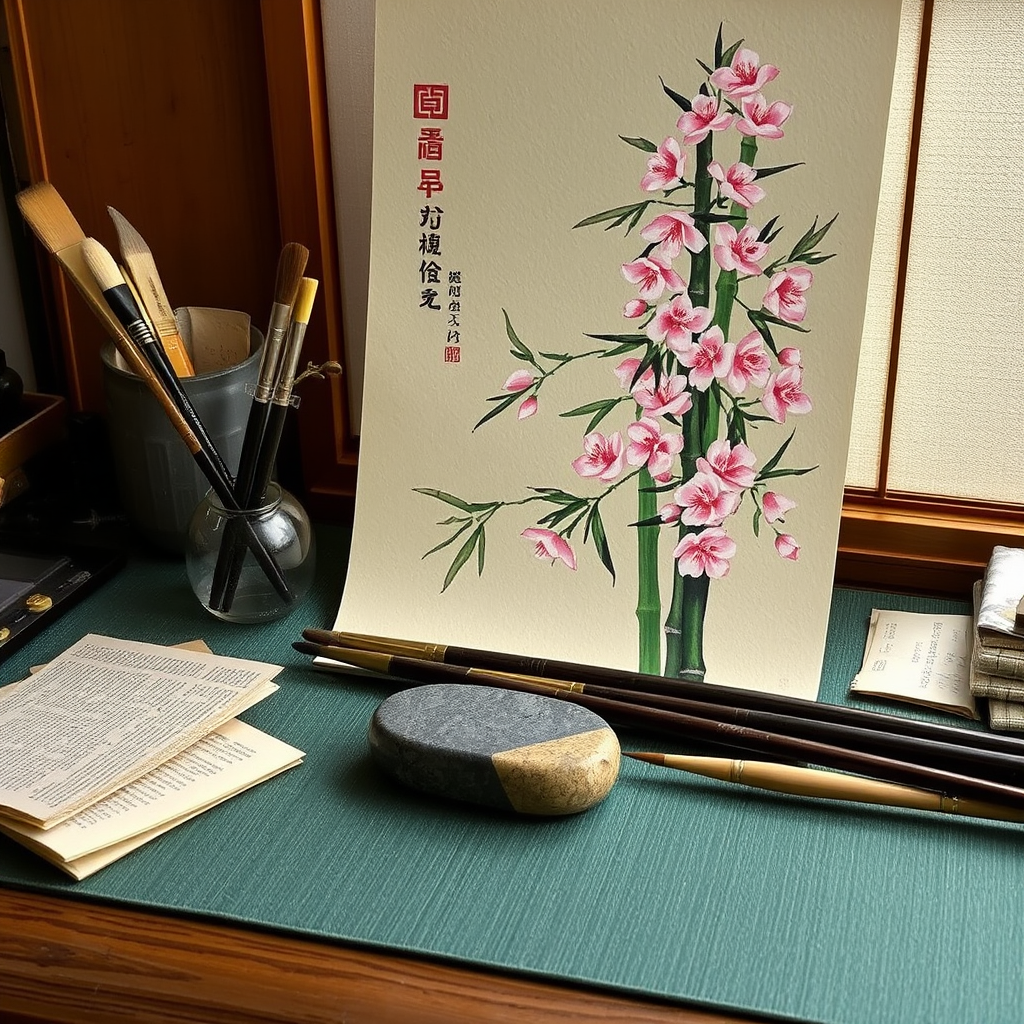Japanese Brush Painting for Beginners: Essential Techniques and Materials
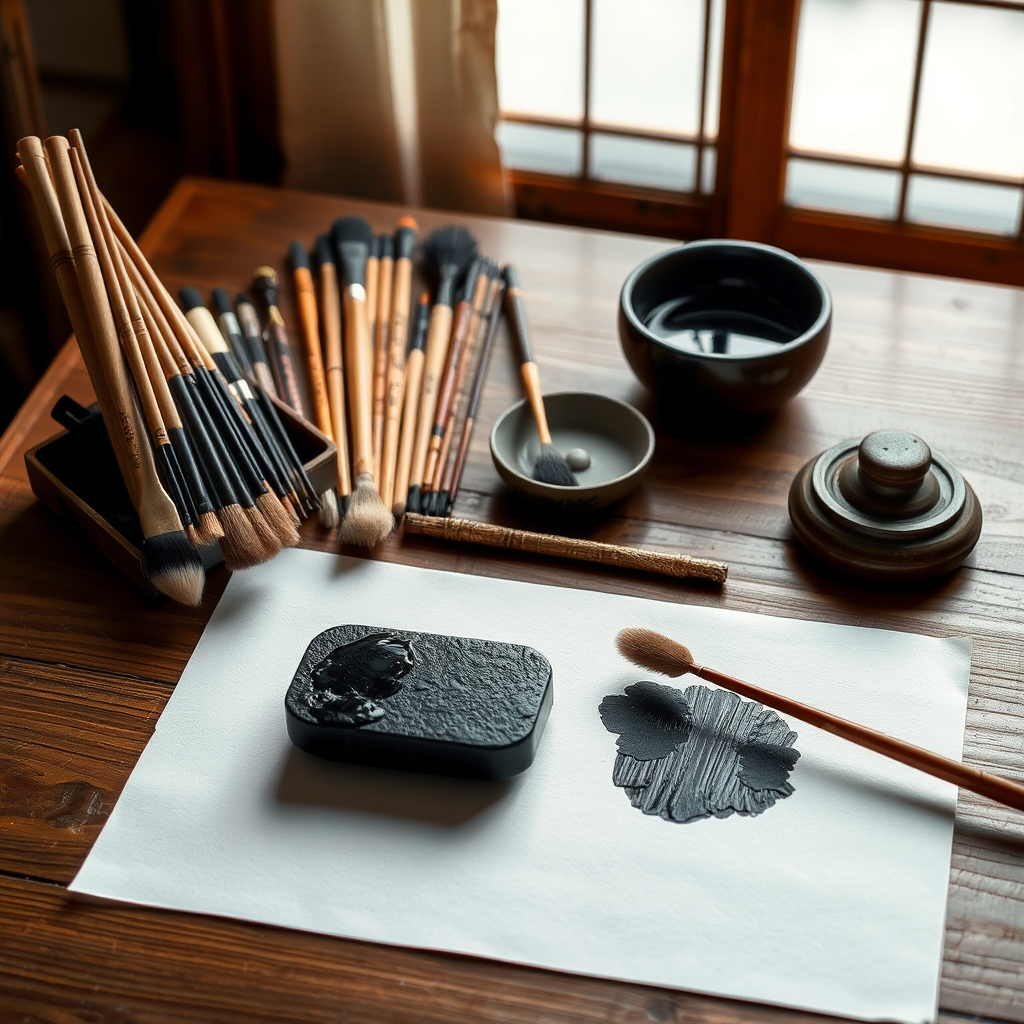
Embark on a meditative journey into the ancient art of Japanese brush painting, where each stroke carries centuries of tradition and philosophical depth. This comprehensive guide will introduce you to the essential materials, fundamental techniques, and spiritual aspects of this beautiful creative hobby.
Understanding Japanese Brush Painting
Japanese brush painting, known as sumi-e (ink painting), is more than just an artistic technique—it's a form of meditation that connects the artist with nature and inner tranquility. This traditional art form emphasizes simplicity, spontaneity, and the beauty of imperfection, making it an ideal creative hobby for those seeking both artistic expression and mindful practice.
Philosophy Behind the Art
The essence of Japanese brush painting lies in capturing the spirit of the subject rather than its exact appearance. Each brushstroke should be deliberate yet flowing, embodying the principle of wabi-sabi—finding beauty in imperfection and impermanence.
Essential Materials for Your Home Art Studio
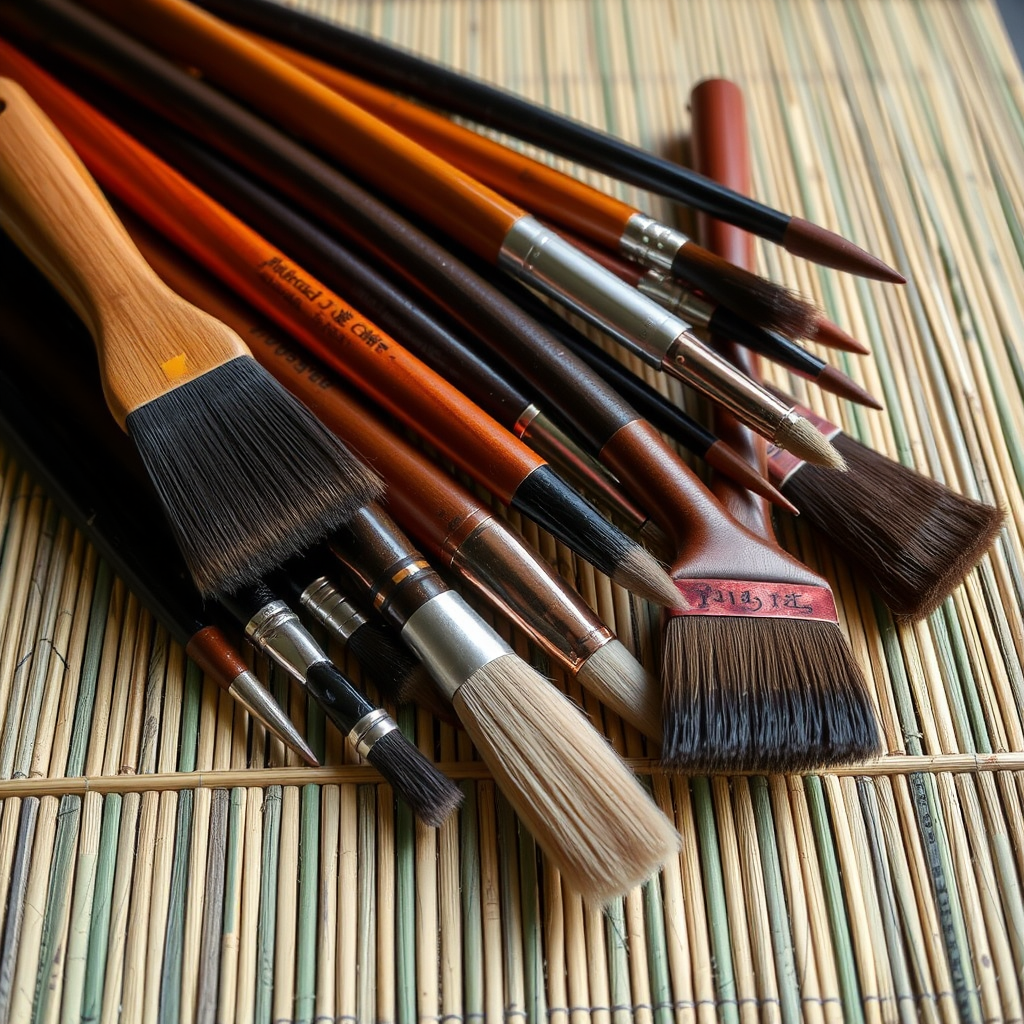
Brushes (Fude)
- Large brush (Ōfude): For broad washes and backgrounds
- Medium brush (Chūfude): For main subjects and medium strokes
- Small brush (Kofude): For fine details and delicate work
- Bamboo brush: For unique textures and effects
Ink and Paper Essentials
Sumi Ink: Traditional black ink made from soot and animal glue. Available in solid stick form (preferred) or liquid bottles for convenience. The grinding process of stick ink becomes part of the meditative preparation.
Rice Paper (Washi): Absorbent paper that allows ink to flow naturally, creating beautiful gradations. Choose papers with different textures for varied effects in your home handmade decor art projects.
Ink Stone (Suzuri): Used for grinding ink sticks with water to achieve the perfect consistency and tone.
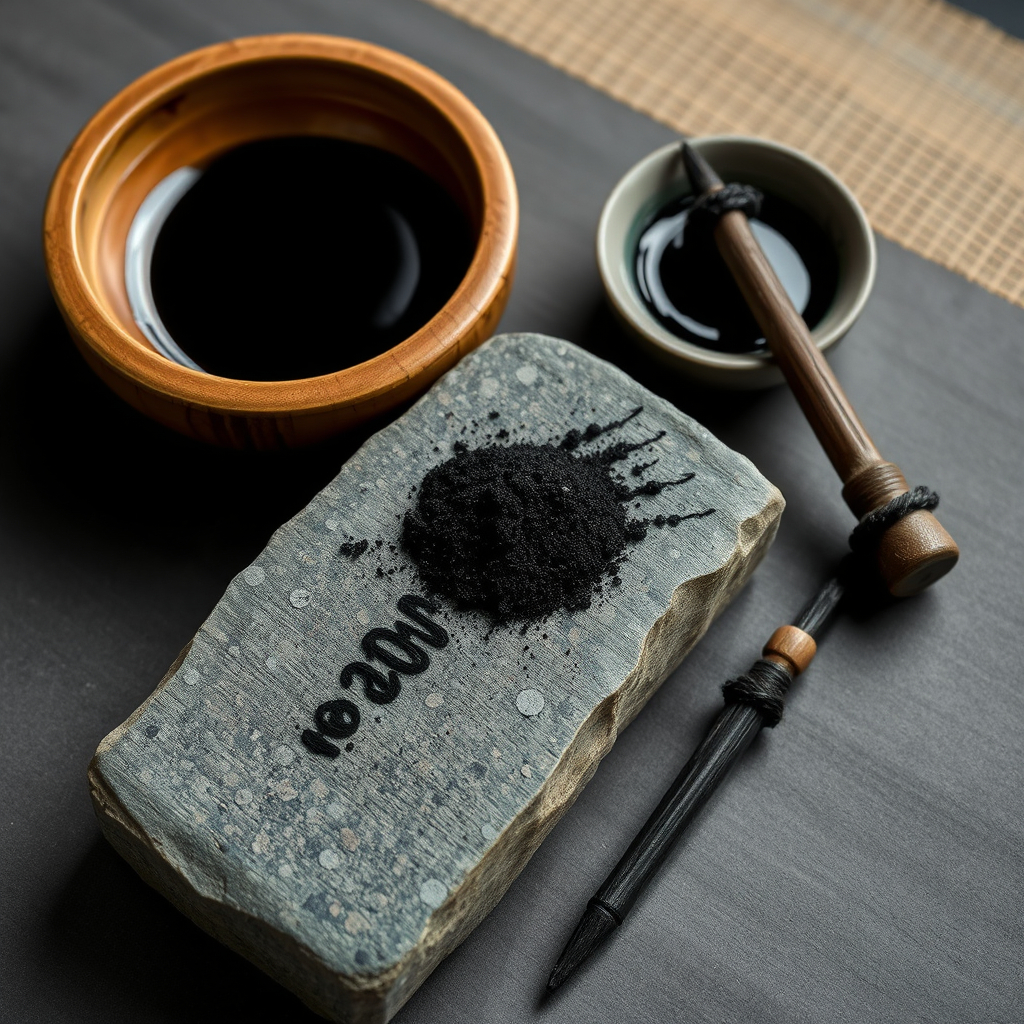
Fundamental Brush Techniques
Basic Strokes and Movements
Mastering these fundamental strokes forms the foundation of all Japanese brush painting techniques:
Horizontal Strokes (Yokobiki)
Practice steady, controlled horizontal movements with consistent pressure.
Vertical Strokes (Tatebiki)
Develop strength in downward strokes, essential for bamboo and tree trunks.
Curved Strokes (Magari)
Learn to create flowing curves for natural forms like branches and leaves.
Dot Technique (Ten)
Perfect for creating texture, flowers, and distant elements.
Ink Gradation and Tone
Understanding ink concentration is crucial for creating depth and atmosphere in your paintings. Practice these five traditional tones:
-
Kokuboku (濃墨) - Dark ink
Used for outlines and strong focal points
-
Chūboku (中墨) - Medium ink
Perfect for main subjects and primary forms
-
Tanboku (淡墨) - Light ink
Ideal for backgrounds and atmospheric effects
Traditional Subjects for Beginners
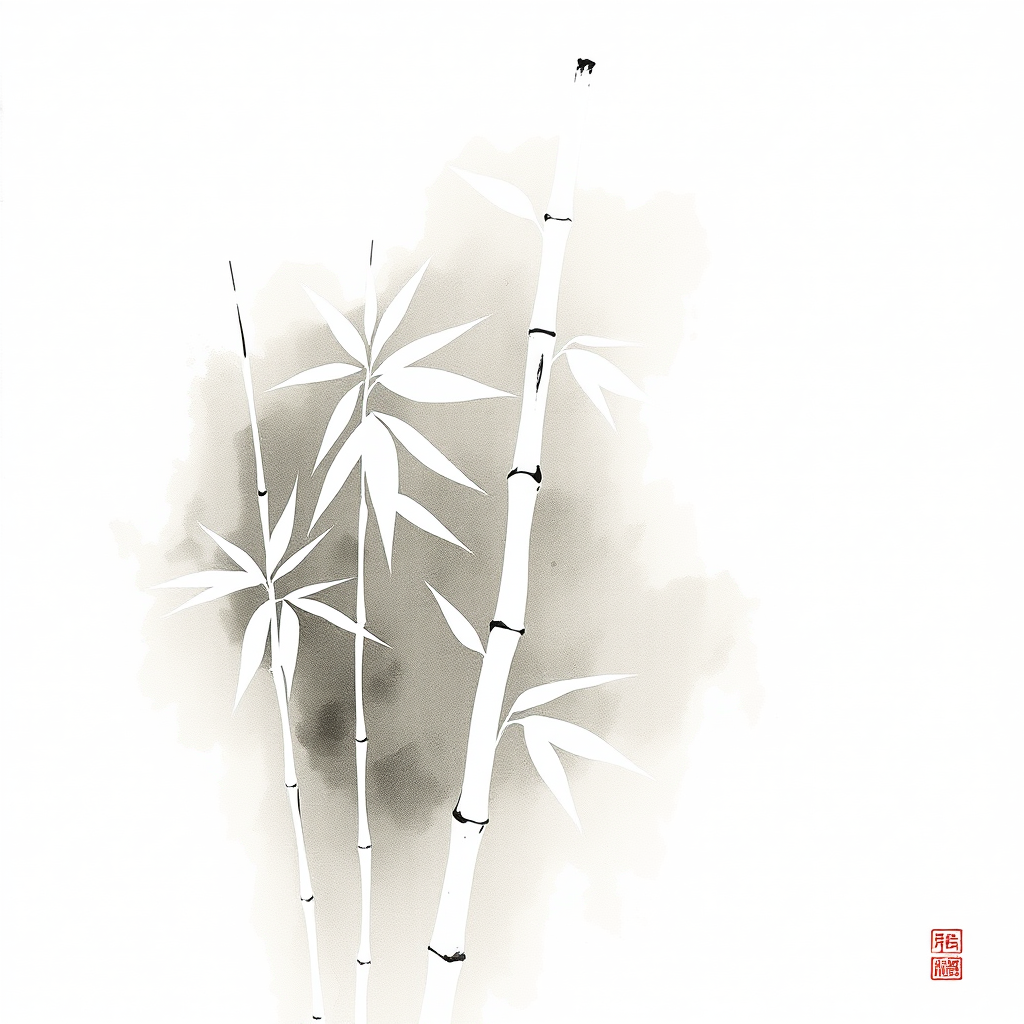
Bamboo (Take)
Start with simple vertical strokes for stalks, then add joints and leaves. Bamboo teaches control and rhythm.
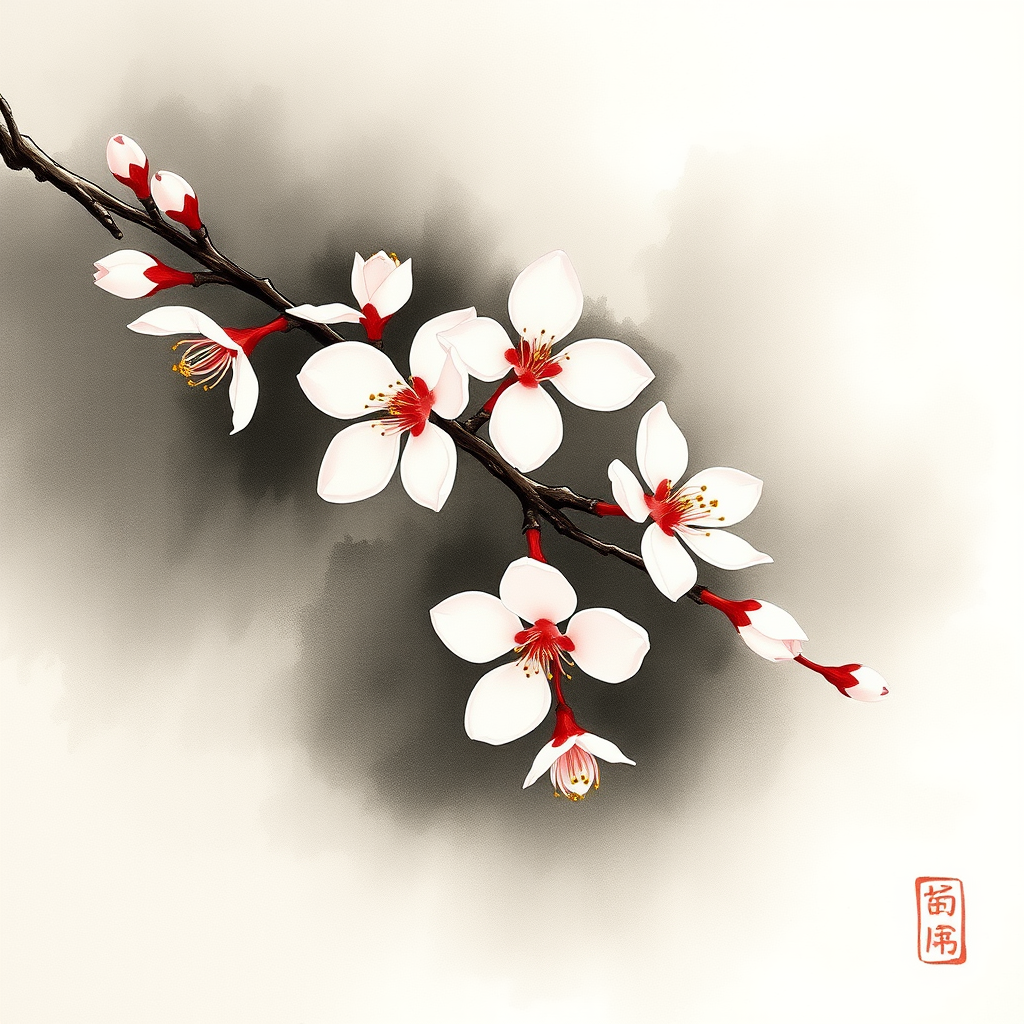
Cherry Blossoms (Sakura)
Practice delicate petal shapes and branch structures. Perfect for learning light ink techniques.
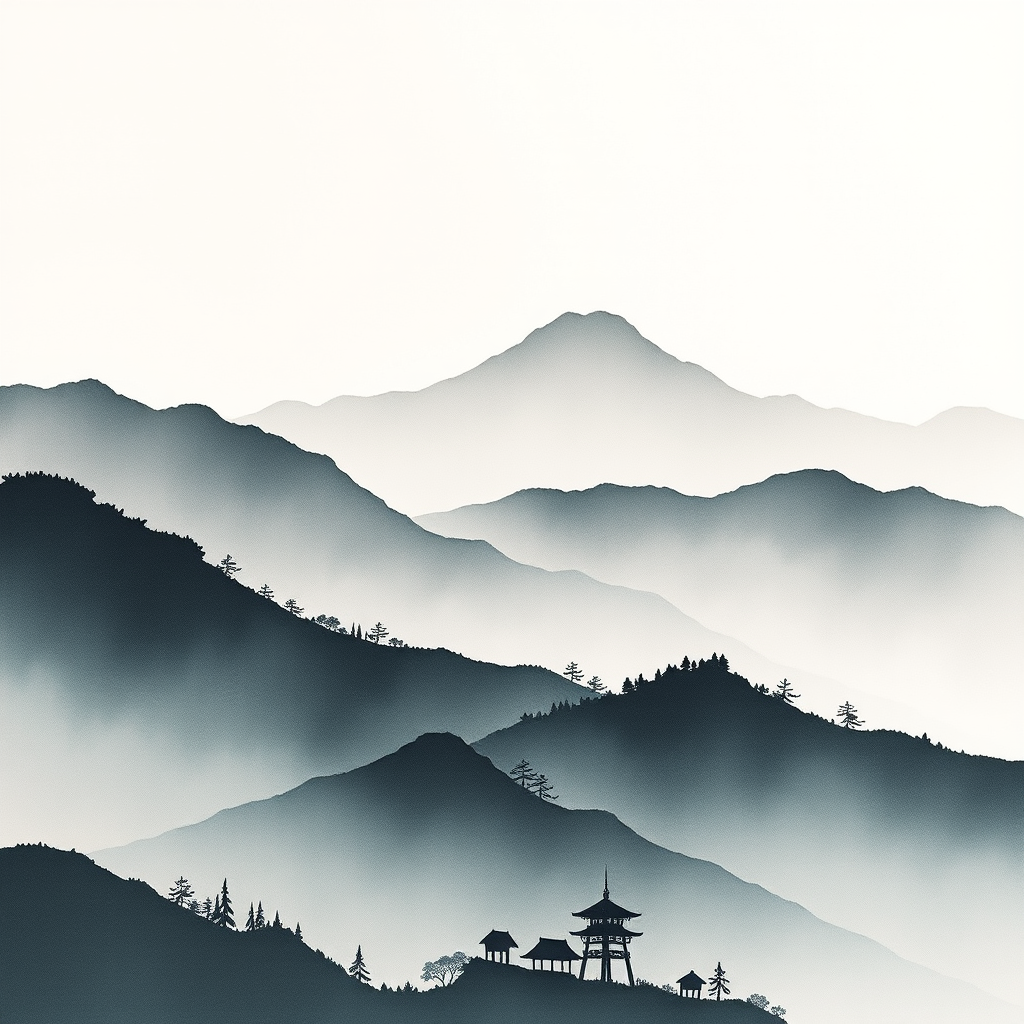
Mountains (Yama)
Learn to create depth and atmosphere using various ink tones and wet-on-wet techniques.
Creating Your First Painting
Step-by-Step Bamboo Painting
- Prepare your workspace: Arrange materials within easy reach and ensure good lighting
- Grind your ink: Create medium-tone ink by grinding the stick in circular motions
- Load your brush: Dip the large brush fully, then remove excess ink
- Paint the main stalk: Use confident vertical strokes from bottom to top
- Add joints: Paint horizontal lines where bamboo segments meet
- Include leaves: Use quick, decisive strokes for natural-looking foliage
Developing Your Practice
Japanese brush painting is a lifelong journey of discovery and refinement. As you develop your skills in this rewarding creative hobby, remember that each painting is an opportunity for meditation and self-expression.
Daily Practice Tips
- • Set aside 15-30 minutes daily for practice
- • Focus on one technique at a time
- • Keep a practice journal to track progress
- • Study traditional masters' works for inspiration
Building Your Art Collection
- • Frame your best pieces for home handmade decor art
- • Create seasonal painting series
- • Document your artistic journey with photos
- • Share your work with fellow artists
Embracing the Meditative Aspect
Remember that Japanese brush painting is as much about the process as the result. Each session should begin with a moment of quiet reflection, allowing your mind to settle and connect with the present moment. This mindful approach transforms your creative hobby into a powerful tool for stress relief and personal growth.
As you continue your journey in Japanese brush painting, you'll discover that this ancient art form offers endless possibilities for creative expression and personal development. Whether you're creating simple bamboo studies or complex landscape compositions, each brushstroke brings you closer to understanding the profound beauty of this timeless tradition.
